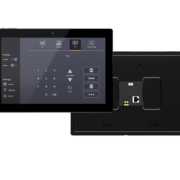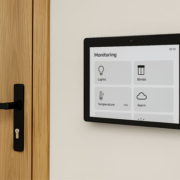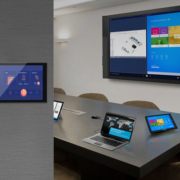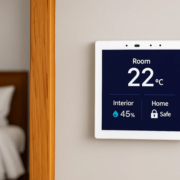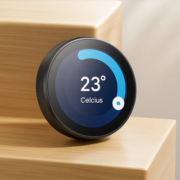What Is Home Automation and How Does It Work?
With the rise of smart technology, smart home automation is quickly becoming an essential part of modern living. From adjusting lighting with a voice command to automating your home’s entire security system, automation offers comfort, convenience, and control like never before. But what exactly is home automation, and how does it work?
What Is Home Automation?
Home automation refers to the use of smart devices, sensors, software, and control systems to automatically manage and monitor various household functions. These can include:
- Lighting
- Climate control (heating and cooling)
- Home security (cameras, locks, alarms)
- Entertainment systems
- Appliances
- Window blinds, curtains, and more
The goal of home automation is to make your environment smarter, more responsive, and easier to manage—either through scheduled automation, real-time control, or reactive triggers based on behavior and sensors.
How Does Home Automation Work?
A typical home automation system operates through four main components:
1. Smart Devices & Appliances
These are internet-connected devices with built-in sensors, processors, and communication modules. Examples include:
- Smart bulbs that change brightness or color
- Thermostats that adjust based on your schedule
- Door locks that open remotely or via fingerprint
- Cameras and motion sensors for real-time security
- Smart plugs that turn any device on or off remotely
2. Connectivity Protocols
Smart devices need to communicate with each other and a central control system. Common communication technologies include:
- Wi-Fi – Ideal for easy internet access and mobile control
- Bluetooth – Short-range pairing for personal devices
- Zigbee / Z-Wave – Low-power mesh networks for multi-device environments
- Ethernet / PoE – For wired, stable connections in devices like Portworld’s control panels
3. Control Interface (Hub, App, or Panel)
To manage your smart devices, you need a central interface. This could be:
- A smartphone app (e.g., Google Home, Smart Life, Tuya)
- A voice assistant (e.g., Alexa, Google Assistant)
- A smart home control panel, like Portworld’s YC-SM10P or YC-SM08M, which centralizes all functions on a sleek wall-mounted touchscreen
Portworld’s panels also support Android apps, PoE power, and multi-system integration, making them ideal for smart homes, hotels, and commercial buildings.
4. Automation Logic & Schedules
The “smart” part of home automation lies in its ability to make decisions or take action without manual input. This can include:
- Schedules: Turn off all lights at midnight
- Sensors: If motion is detected, activate the hallway lights
- Scenes: Set a “Movie Night” mode that dims lights, lowers blinds, and powers on the TV
- Remote Triggers: Lock doors and turn off appliances when you leave the house
- AI learning: Some systems adapt over time based on your usage habits
Benefits of Home Automation
- Convenience – Manage your home from anywhere via app or panel
- Energy Efficiency – Automate lights, HVAC, and appliances to save energy
- Security – Monitor your home in real-time and receive instant alerts
- Comfort & Personalization – Customize lighting, music, temperature, and more
- Accessibility – Ideal for elderly or disabled users who need easier control
Portworld Smart Home Panels: The Automation Hub
For professional and reliable control, Portworld offers Android-powered smart home control panels with:
- Touchscreen interfaces in multiple sizes (5.5″, 8″, 10″, 15.6″, and more)
- Support for major smart home apps and protocols
- PoE support for stable power and data over one cable
- Customization for OEM/ODM projects, real estate, hotels, and smart apartments
These panels make automation not only functional—but beautiful and intuitive.



